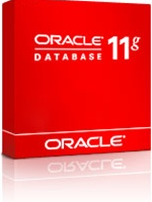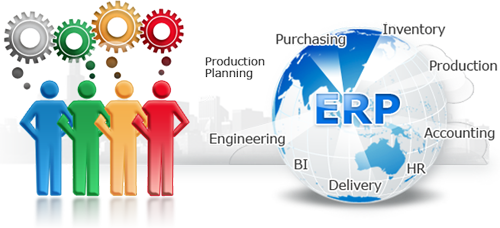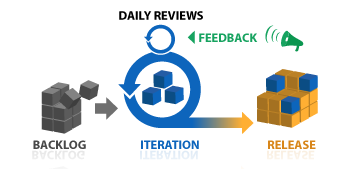 The general term used for the transportation of services over the internet. There are three services provided by it. The three services are outlined as follow:
The general term used for the transportation of services over the internet. There are three services provided by it. The three services are outlined as follow:
1. Infrastructure as service
2. Platform as service
3. Software as a service
The cloud symbol is the stimulus for the growth of cloud computing. The flowcharts and the diagrams are the ways for the representation (Ensley, 2010).
Cloud Computing and IT:
For the IT industry, cloud computing is playing a significant role. In addition to this Internet and the Infrastructure of communication is important for which cloud computing is taken as the metaphor. The normal allocated services are provided to the infrastructure by shared computing and the storage (Welss, 2012). The benefits of cloud computing are outlined as follow:
1. The effectiveness of the cost of cloud computing
2. The optimal choice for the industries of the IT
3. Scale related to them
4. Integration
5. Audit
6. Continuity of business
In addition to this association can be used for the determination of the building, operating and their structure as well. Cloud computing acts as the model by which the following outlined features occurred. The whole thing can be unconfined on the processor with the help of cloud computing. Contingent on the weight and the possessions can be scrambled up and down frequently. By the means of the correct haven, possessions are nearby over a system
Natures of Cloud Computing
The forms of cloud computing are outlined as follow:
1. Community cloud
2. Isolated cloud
3. A mixture of cloud
Explanation:
Community Cloud
In the public cloud, patrons are –provided with the disposable in order to make the third party. In addition to this, the facts are tenable within the substructure of the group It is similar to the public cloud but it delivers the service to the purchaser by the group or the third party may transfer this material. In addition to this major instrument is over the preparation so the issues linked to the security might be pointed (Lewis, 2017).
By uniting both private and the public cloud we get the mixture cloud. In addition to this, their choices are contingent upon the various limits like the compassion of the facts and the facts are included in it as well As we know that the best expertise that is known all over the world is cloud computing. It has the capacity to bearing the potential of the world in a positive way. Sometimes it is essential for them to do this work only for the business purpose in which they spend less quantity of the cash on the upkeep and earn the high cost.
In addition to this, cloud computing is powerful tooling that helps in providing that the network or the IT to the clients on their anxieties. In addition to this, it also helps in the provision of the virtualized cloud computing location (Farady, 2016).





 Contract management is actually a process of managing contract creation, to execute and analysis so that it maximize financial and operational activities/performance at the organization while reducing the financial risk at the same time.
Contract management is actually a process of managing contract creation, to execute and analysis so that it maximize financial and operational activities/performance at the organization while reducing the financial risk at the same time. 




